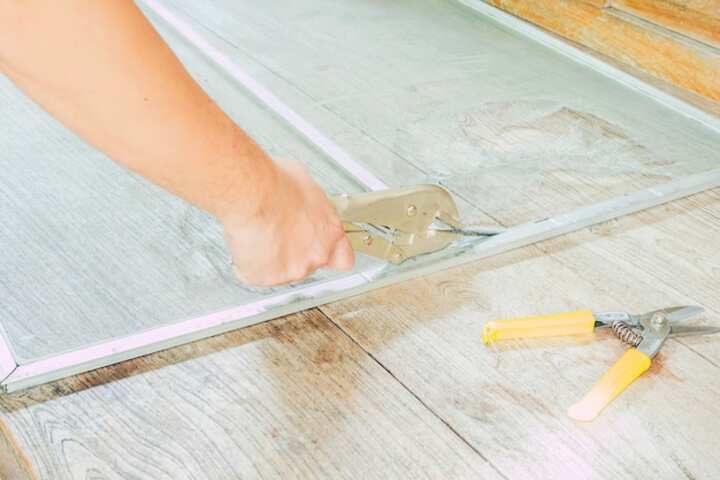
Transform Your Bathroom with Accessible Bath Solutions in Lancaster
Transforming a bathroom into an accessible space can significantly enhance the quality of life for its users, especially for those with mobility challenges or disabilities. With thoughtful planning and the right solutions, bathrooms in Lancaster can be both stylish and functional, catering to diverse needs. This article explores various accessible bath solutions that can be implemented to create a bathroom that is safe, comfortable, and convenient for everyone.
Understanding Accessible Bath Solutions
Accessible bath solutions are modifications or installations designed to improve safety and usability for individuals with varying abilities. These solutions can range from simple adjustments to comprehensive renovations. The primary goal is to eliminate barriers and create a space that promotes independence and ease of use.
Key Elements of an Accessible Bathroom
When considering accessible bath solutions, several key elements should be prioritized:
- Walk-in Showers: These showers eliminate the need for stepping over a high tub wall, reducing the risk of falls. Features like shower benches and handheld showerheads can further enhance accessibility.
- Grab Bars: Strategically installed grab bars provide essential support and stability. They should be placed near toilets, showers, and bathtubs.
- Non-slip Flooring: Choosing the right flooring material is crucial for preventing slips and falls. Read more about this topic here.
- Adjustable Fixtures: Showerheads and faucets that are adjustable or easy to operate with one hand can significantly improve usability.
- Wide Doorways: Ensuring doorways are wide enough to accommodate wheelchairs or walkers is vital for accessibility.
Benefits of Accessible Bathrooms
Implementing accessible solutions in a bathroom can offer numerous benefits beyond improved accessibility:
- Enhanced Safety: Reducing barriers and installing safety features can prevent accidents and injuries.
- Increased Independence: Users can perform daily tasks with more autonomy, reducing the need for assistance.
- Future-proofing: Modifications today can ensure the bathroom remains suitable for use as needs change over time.
- Potential Increase in Property Value: An accessible bathroom can be an attractive feature for potential buyers, adding value to a home.
Planning for Accessibility
Effective planning is crucial when transforming a bathroom into an accessible space. Consider the following steps:
Assessment of Needs
Begin by assessing the specific needs of the bathroom users. This may involve consultations with healthcare professionals or occupational therapists who can provide insights into necessary modifications.
Design Considerations
Incorporating universal design principles can ensure the bathroom is functional for all users. Focus on creating a layout that allows for ease of movement and accessibility to all fixtures.
Material Selection
Choosing appropriate materials is critical for both functionality and aesthetics. For instance, selecting tiles that are durable and slip-resistant is essential. Learn more in this detailed guide on bathroom tile installation and repair.
Implementation of Accessible Solutions
Once planning is complete, the implementation phase begins. This may involve working with professionals who specialize in accessible design to ensure all solutions are effectively integrated into the existing space.
Timing and Budget
Consider the timing of the project to minimize disruptions and ensure that all work is completed efficiently. Budgeting is also crucial to ensure that the project remains financially viable without compromising on quality.
Ensuring Compliance
Familiarize yourself with local building codes and regulations related to accessibility. This will ensure that all modifications meet legal requirements. Explore further insights here.
Conclusion
Transforming a bathroom with accessible solutions in Lancaster is a worthwhile investment that can greatly enhance functionality and safety. By focusing on key elements such as accessibility features, material selection, and compliance with regulations, homeowners can create a bathroom that meets the needs of all users. For those considering such a renovation, finding additional information here can provide valuable guidance and insights to ensure a successful project.